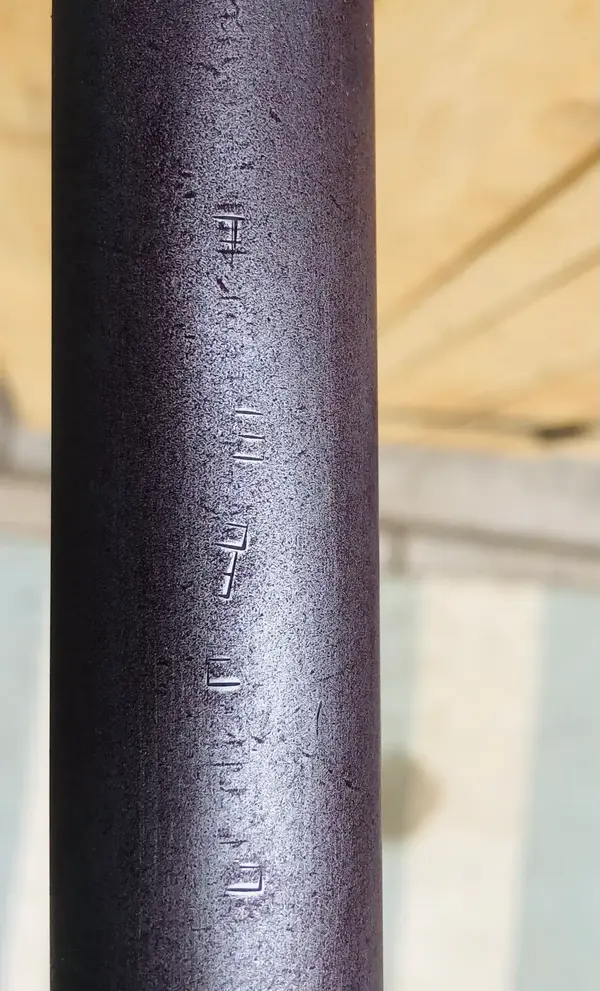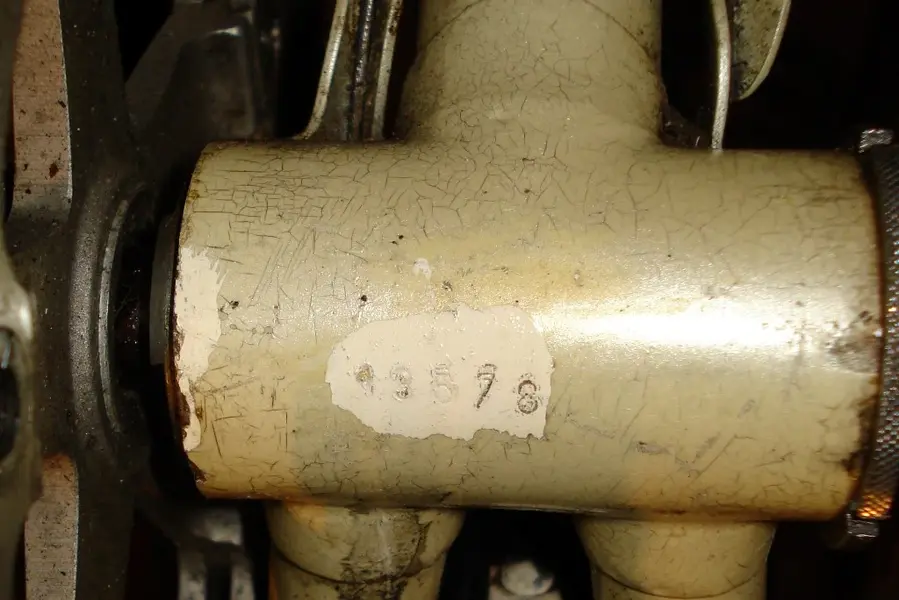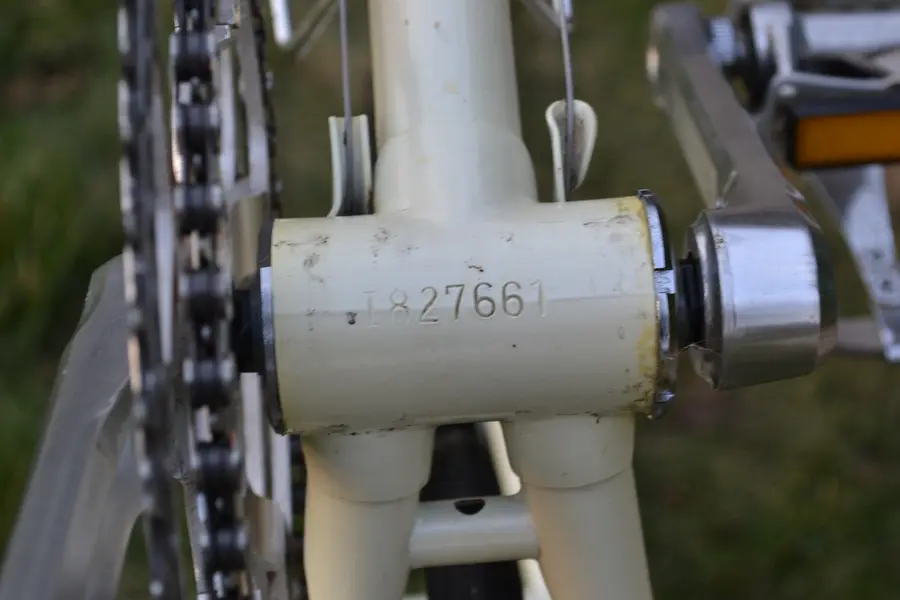D
Deleted member 57380
@glenfield2 most oval tubes at their centers are pretty obvious to see in person; sometimes hard to see in a photo. A cheap micrometer will easily show the difference as we are not talking tenths of mm's; but instead many mm's difference from thin section to wide section.
Also, builders manipulated round tubing post factory so any frame regardless of tubing brand might be either ovalized or crimped in some manner for performance (stiffer frame) and/or aesthetics.
Also, builders manipulated round tubing post factory so any frame regardless of tubing brand might be either ovalized or crimped in some manner for performance (stiffer frame) and/or aesthetics.
Last edited by a moderator:



